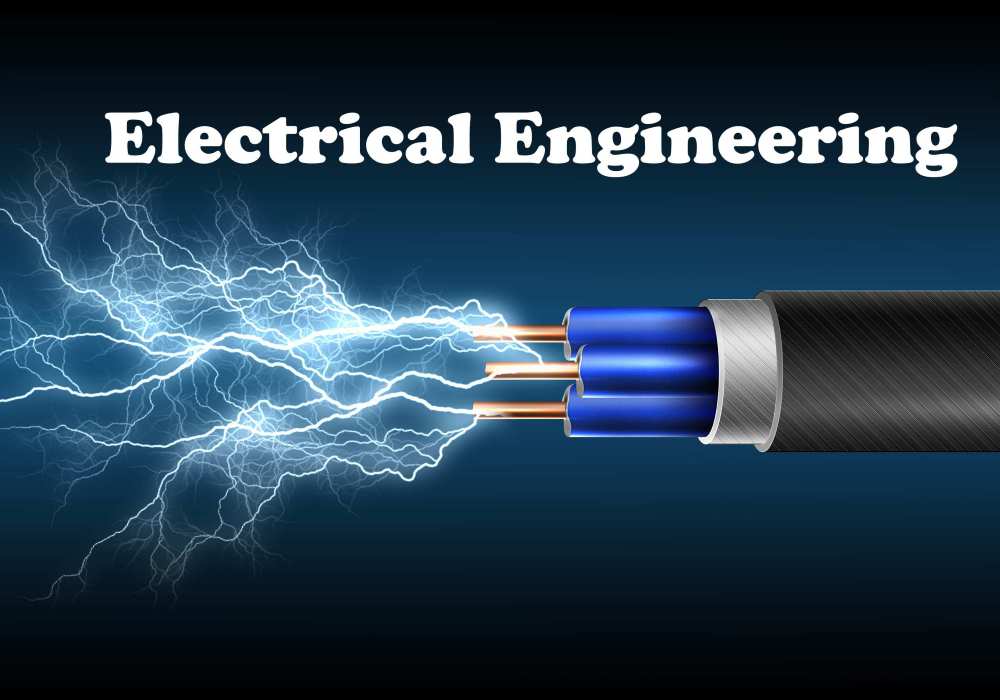The choice of earthing system can affect the safety and electromagnetic compatibility of . All exposed-conductive-parts of an installation are connected to an earth electrode. When designing an electrical installation, one of the first things to determine is the type of earthing system. The distributor will be able to . Learn why it is imperative the right type of electrical earthing system is chosen.
The three main types of earthing for mains electricity supplies to buildings in the UK.

This is probably the most usual earthing system in the UK, with the Electricity Supply Company providing an earth terminal at the incoming mains position.
This earth terminal is connected by the supply protective conductor (PE) back to the star point (neutral) of the secondary winding of the supply . This arrangement covers installations not provided with an earth terminal by the Electricity Supply Company. Thus it is the method employed by most (usually rural) installations fed by an overhead supply. Neutral and earth (protective) conductors must be kept quite separate throughout the installation, . Evolutions and choices of earthing. Earthing systems and disturbances p. These have been designated in the IEE Regulations using the letters: T, N, C and S. Mains electricity systems are categorised in the UK according to how the earthing is implemented.
The common ones are TN-S, TN-C-S and TT. You will sometimes see these referred to in questions and about mains wiring. Although Electricity Supply Companies will often provide an earth terminal, they are under no legal obligation to do so.
As far as earthing types are concerne letter classifications are used. In this system , the installation is TN-S, with separate neutral and protective conductors. Because of possible dangers with the system which will be explained in the following sub-sections, PME can be installed by the Electricity Supply Company only after the supply system and the installations it feeds have complied . We provide PME (protective multiple earthing ) facilities as standard at the vast majority of new electricity connections. You must understand how the different earthing systems affect electromagnetic compatibility.
Choosing the right earthing system is crucial to protect people. This article is about the building and testing of TT Earth systems for electrical installations. Note we are not discussing earthing systems designed to offer protection from the effects of lightening strikes. System earthing is primarily required to ensure that the potential of each conductor of the system restricts to its desired value for which the insulation is provided.
The system earthing is so designed that it should facilitate the efficient and quick operation of protective relays in case of any earth fault. In electrical power distribution systems, a protective ground conductor is an essential part of the safety earthing system. Connection to ground also limits the build-up of static electricity when handling flammable products or electrostatic- sensitive devices. In some telegraph and power transmission circuits, the earth itself can .
No comments:
Post a Comment
Note: only a member of this blog may post a comment.